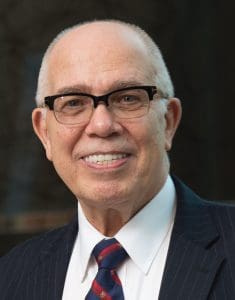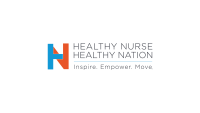An urgent action agenda for a sustainable global nursing workforce beyond the pandemic.


The COVID-19 pandemic has exposed existing workforce shortages and vulnerabilities in health systems worldwide. Before March 2020, countries around the world already faced worsening nursing and healthcare worker scarcity due to aging populations, faculty shortages, and other issues. COVID-19 only exacerbated this reality. Now, retirement, burnout, and educational deficits have contributed further to increased demands for nurses worldwide. Simultaneously, a global migration tsunami looms as the world grapples with increased economic and political crises, conflicts, and unchecked climate change. International migration flows—higher than ever—are only projected to increase. Without a global, long-term, and strategic plan of action, this worsening workforce crisis will cripple already fragile health systems and impede advancement toward global universal health coverage initiatives by the United Nations and World Health Organization.
In this context, a new report released by the International Centre on Nurse Migration (ICNM) highlights the vulnerable state of the global nursing workforce in light of the pandemic and provides a blueprint for what needs to be accomplished at the national and international level to address this crisis. ICNM, a partnership between CGFNS International, Inc. and the International Council of Nurses (ICN), serves as a comprehensive knowledge resource that emphasizes the development, promotion, and dissemination of research, policy, and information on global nurse migration and human resources in nursing.
This brief provides an overview of the current global nursing workforce and how the COVID-19 pandemic has affected it. The report pays specific attention to the changing patterns of nursing supply and mobility challenges to maintain a sustainable global workforce. Notable conclusions include the following:
- The global nursing workforce is estimated at 27.9 million nurses (2019–2020).
- Individual factors (stress, workload, infection risks, demands made of nurses to “cope” and be “resilient”) and systemic forces (personal protective equipment accessibility, re-deployment strategies, and new professional responsibilities) impact an already strained global nursing workforce.
- Before the pandemic, the global shortage of nurses was estimated at 5.9 million. Due to the pandemic, this shortage can increase by more than 1 million, pushing global shortage estimates up to 7 million nurses.
- Unchecked, fast-tracked international recruitment from low- and middle-income regions to high-income countries threatens source countries’ already strained nursing supplies as well as their ability to respond to ongoing pandemic challenges. Adherence to ethical international recruitment practices is crucial.
The ICNM study calls for an international commitment to prioritize nurses for vaccinations, provide safe staffing levels, expand domestic nurse education systems, increase the attractiveness of nursing careers for women and men, adhere to ethical international recruitment standards, and monitor each country’s ability to meet their nursing workforce requirements. This urgent action agenda and global workforce plan for 2022 and beyond is necessary to support nurse workforce sustainability and improve health system responsiveness to COVID-19 and future health crises.
The pandemic has proven the contributions from and the necessity of a strong, unified, and healthy nursing workforce worldwide. As we’ve witnessed during the pandemic, maintaining and improving nurse retention in the United States and around the world require special consideration.
For more information about ICNM and to read the report, visit bit.ly/3LZ7crA.
Franklin A. Shaffer is president and chief executive officer of CGFNS International, Inc., in Philadelphia, Pennsylvania, and an American Nurse Journal advisory board member.


















